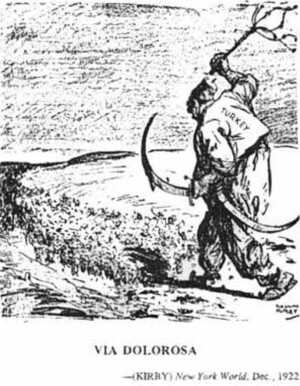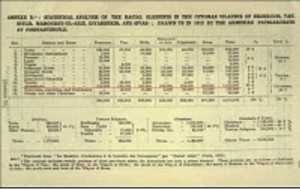Amazing how so much can be said in the space of just a few words…
(Holdwater’s comments are in yellow.)

“Turks, Tartars, even Persians constituted the infidel powers which neighboured and threatened European Christiandom. The word “Turk” was mainly used in two ways, as a generic name for an Islamic State with its own characteristic institutions of Government and military; and as a description of behaviour or character — the Turks ‘being of nature cruel and heartless'(…) The idea of cruelty was probably produced by the Turks’ distant foreignness combined with an absence from their lives of comprehensible Christian ethics, but more importantly by their military threat.”
Simon Shephard, regarding the image of the Turk during the Renaissance period, in association with negative connotations such as cruelty, religious fanaticism, espionage, dirtiness, drug addiction etc.; Marlowe and The Politics Of Elizabethan Theatre, (Sussex, The Harvester Press, 1986) p.142
Page: 34
Format: .doc
Language: English
Download

